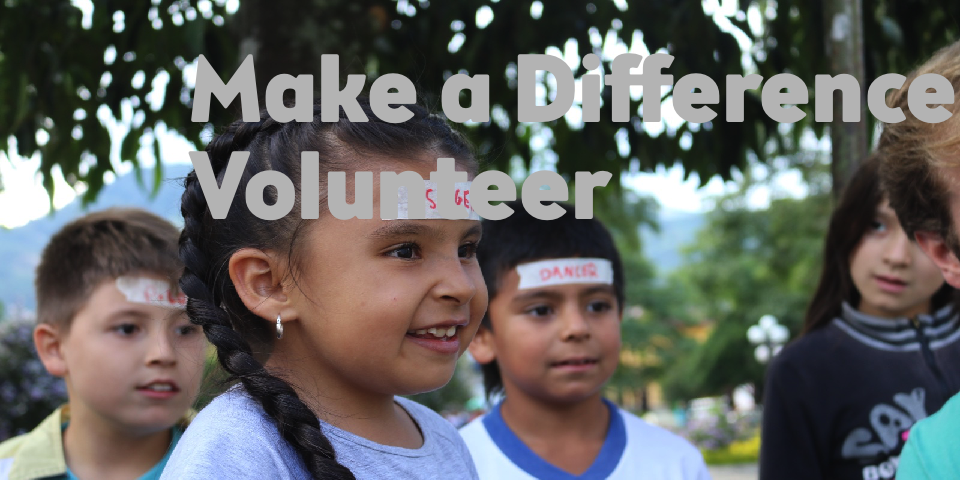Colombia is the world’s 2nd most BIODIVERSE country. It has the most species of orchids and birds, second most of plants, butterflies, fresh water fish and amphibians, third most species of palm trees and reptiles, and has the fourth most biodiversity of mammals.For its size it supports the largest variety of living things on the planet. As President Santos said
“La biodiversidad es a Colombia como el petroleo es para los arabes” (Biodiversity is to Colombia, what oil is for the Arabs).

What is a megadiverse country?
A megadiverse country is a country that has a great diversity of species and high numbers of endemic species (species indigenous and specific to a certain place). Colombia is one of 17 megadiverse countries. A megadiverse country must have at least 5,000 species of endemic plants and border marine ecosystems.

Colombia’s Ecosystems
Colombia has 311 types of ecosystems….!!!
What an incredible figure. Some examples of these ecosystems are: glaciers, cloud forests (bosques de niebla), tropical forests, marshy moorlands, mangroves, grasslands, conifer forests, equatorial jungles, wide open grassland, desert planes, lakes, rivers, swamps, islands, oceans, savannas, and rainforests,




The Colombian Páramos
A páramo is the richest high mountain environment in the world. Over half of the planets páramos are in Colombia and 700 unique types of plants flourish here. The páramo is like a giant sponge. It absorbs glacial runoff and pulls water from clouds (cloud stripping). Colombia’s biodiversity is highest in the Andean natural region including the páramos and second highest in the Amazon natural region.
Colombian páramos make up only 2% of the country’s landmass but provide 70% of the country’s freshwater. We sometimes take for granted that Colombia has potable water but this resource isn’t limited. We must protect the páramos to continue to enjoy this source of fresh water.

Colombia: Biodiversity Hotspot
Although this term sounds cool, it actually refers to areas with significant levels of biodiversity that are threatened by destruction.
According to a report by the Word Wildlife Fund, half of Colombia’s ecosystems are in states of danger or deterioration due to oil extraction, mineral extraction and deforestation. More than a third of Colombia’s plants and half of its animals existences are being threatened by this environmental degradation.
“The 52-year armed conflict in Colombia is coming to an end. But it has left its mark on the country’s land and seascapes.
Many of the country’s forests, rivers and other natural resources were severely degraded or destroyed during the conflict, largely because of lack of clarity over who owned them and how they could be used. Natural resources were viewed more as sources of revenue than sources of life for people, plants, and animals. Revenue from the sale of coca and other illegal crops, unsustainably harvested timber, oil, gas, and more. Toxic spills, deforestation, and fires were just some of the impacts associated with these industries” -WWF
https://www.worldwildlife.org/projects/protected-areas-key-to-achieving-peace-in-colombia#
Being conscious to environmental degradation and the political issues that are intertwined with conservation will be a topic we learn about with the Explorers. While protecting the biodiversity may seem out of our hands, we will work with the Explorers on ways in which we can contribute to environmental protection and gain knowledge about the biodiversity of this country.


